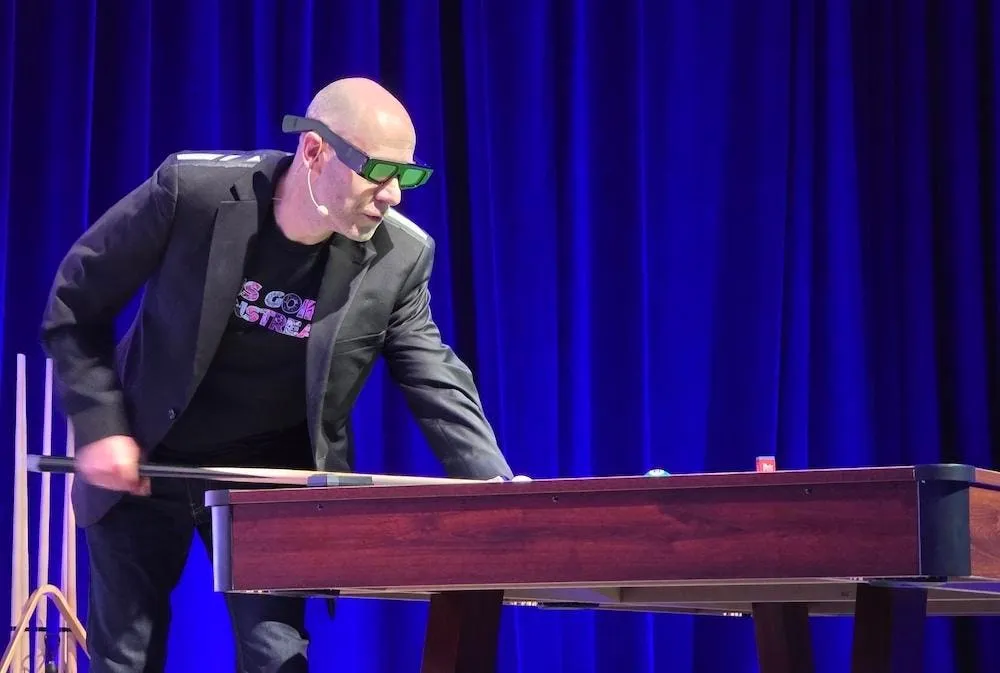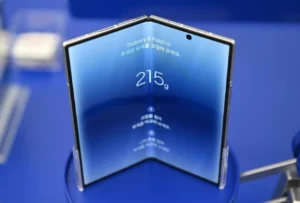
**AWE 2025 Recap: Is XR Going Mainstream Yet?**
The Augmented World Expo (AWE) has come and gone for another year, leaving us with a plethora of updates and insights on the state of the augmented reality (XR) industry. As I walked through the exhibition floor, I couldn’t help but notice the increased activity and energy around XR development.
First off, let’s talk about some of the major announcements from this year’s event. XREAL Enterprise is no longer just a product name; it has become a serious player in the XR world. I had the chance to experience their mixed reality headset demo, which showcased promising location-based entertainment experiences with Play for Dream.
On another front, Niantic Spatial, the geospatial intelligence part of Niantic that didn’t get sold off, spoke about its efforts to empower people and machines to understand and interact with the real world. The company demonstrated a photorealistic digital twin of San Francisco’s Ferry Building, which showcased its impressive capabilities in enhancing immersion for public applications.
Another highlight was Google’s emphasis on Android XR, which included discussions around transitioning Snapdragon Spaces to this new platform. While I believe that Google will need to move quickly to attract disenchanted Apple or Meta developers and bring Android XR to the masses, it still has time to do so. The company also highlighted its partnership with Qualcomm, which could be a significant boost for AR development.
In other news, Palmer Luckey, CEO of Anduril, spoke about their Eagle Eye project, which will power a Soldier-Borne Mission Command system. This is an intriguing project that uses local compute and Qualcomm processors to ensure seamless interaction between users and the virtual world.
As for Meta, while its presence was lighter this year compared to previous years, it still managed to draw significant attention with its smart glasses product line. These Ray Bans have become one of the most mainstream XR products to date, which is a testament to their commitment to bringing AR to the masses.
In conclusion, I believe that while we’re not quite at “mainstream” yet, 2026 may be the year when XR finally breaks into popular culture. The industry has come a long way since my previous AWE recap in terms of activity and engagement.
Let’s take a look back at some of the major developments from this year’s event:
* XREAL Enterprise: The company showcased impressive mixed reality experiences with Play for Dream.
* Niantic Spatial: The company flexed its spatial capabilities by demonstrating photorealistic digital twins, enhancing immersion for public applications.
* Google: The company emphasized Android XR, discussing the transition of Snapdragon Spaces to this new platform and highlighting partnerships with Qualcomm.
* Anduril’s Eagle Eye project: Luckey discussed the Soldier-Borne Mission Command system that uses local compute and Qualcomm processors.
With 2026 on the horizon, I believe we’re closer than ever before to seeing XR become mainstream.
Source: www.forbes.com


